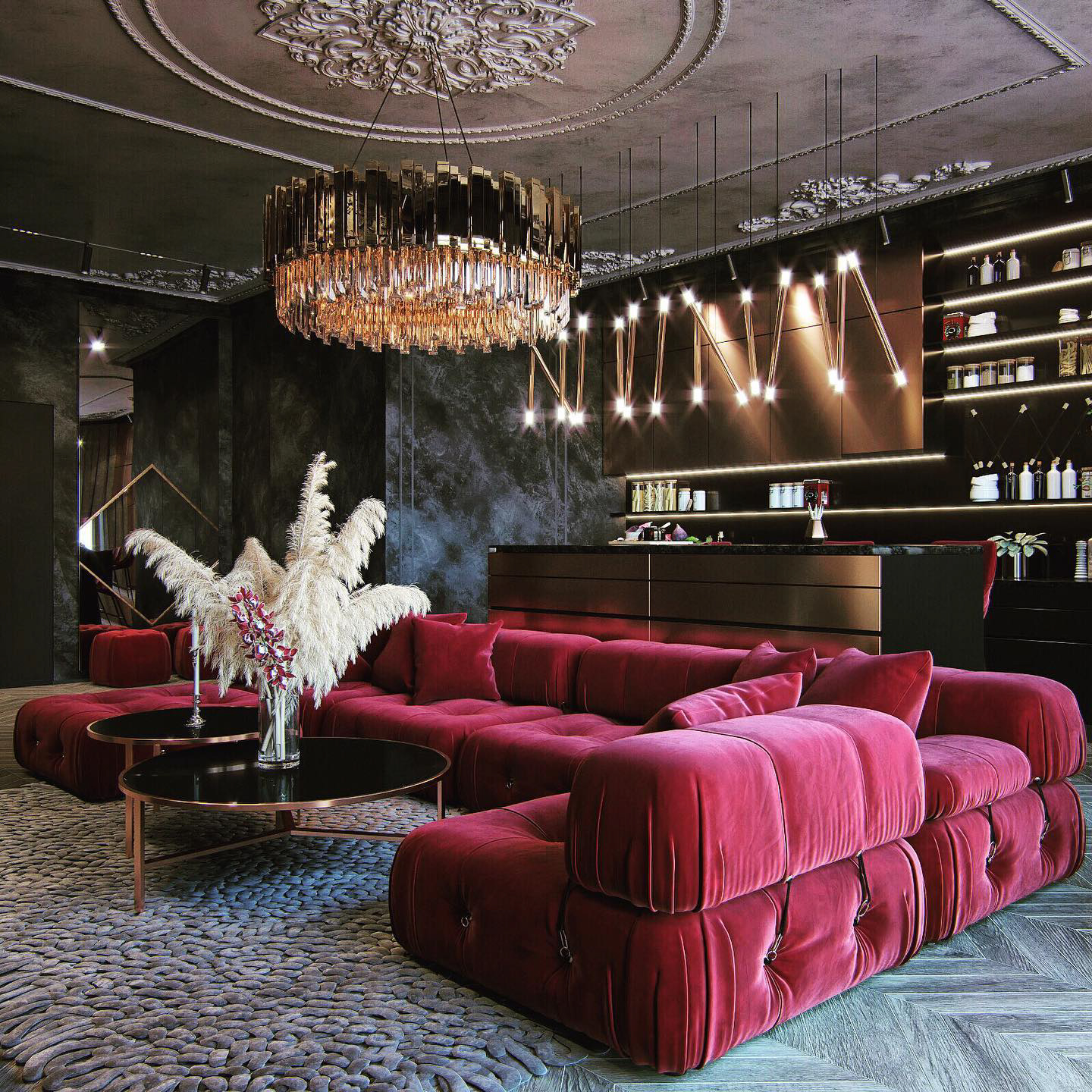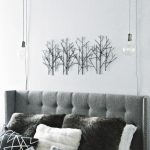Introduction:
Light is an essential element of life. We need it to see, to grow, and to thrive. From the ancient sun worshippers to the invention of the light bulb, humans have been fascinated by the power of light. In this article, we will explore the importance of light in our daily lives and its impact on our physical and mental health.
Body:
Physical Health:
The sun provides us with vitamin D, which is essential for strong bones and a healthy immune system. Lack of sunlight can lead to a deficiency in vitamin D, which can cause rickets in children and osteoporosis in adults. It can also result in seasonal affective disorder (SAD), a type of depression that affects people in the winter months when there is less exposure to sunlight.
On the other hand, overexposure to sunlight can cause skin damage, cataracts, and even skin cancer. It is crucial to protect ourselves by wearing sunscreen and avoiding the sun during peak hours.
Mental Health:
Light also plays a significant role in our mental health. Bright light can improve our mood, alertness, and productivity. It can also help regulate our circadian rhythm, which is our internal clock that regulates sleep and wakefulness. Exposure to bright light in the morning can help us feel more awake and energized throughout the day.
On the other hand, lack of light can disrupt our sleep and mood. People who work night shifts often struggle with insomnia and depression. It is essential to create a conducive environment with appropriate lighting to ensure a good night’s sleep.
Lighting Design:
Lighting design plays a crucial role in creating a conducive environment. Proper lighting can make a room look more spacious, comfortable, and welcoming. It can also be used to highlight specific features or create a specific ambiance.
There are three types of lighting: ambient, task, and accent. Ambient lighting provides general lighting for a room, whereas task lighting is used for specific activities such as reading, cooking, or working. Accent lighting is used to highlight specific features such as artwork or architectural features.



